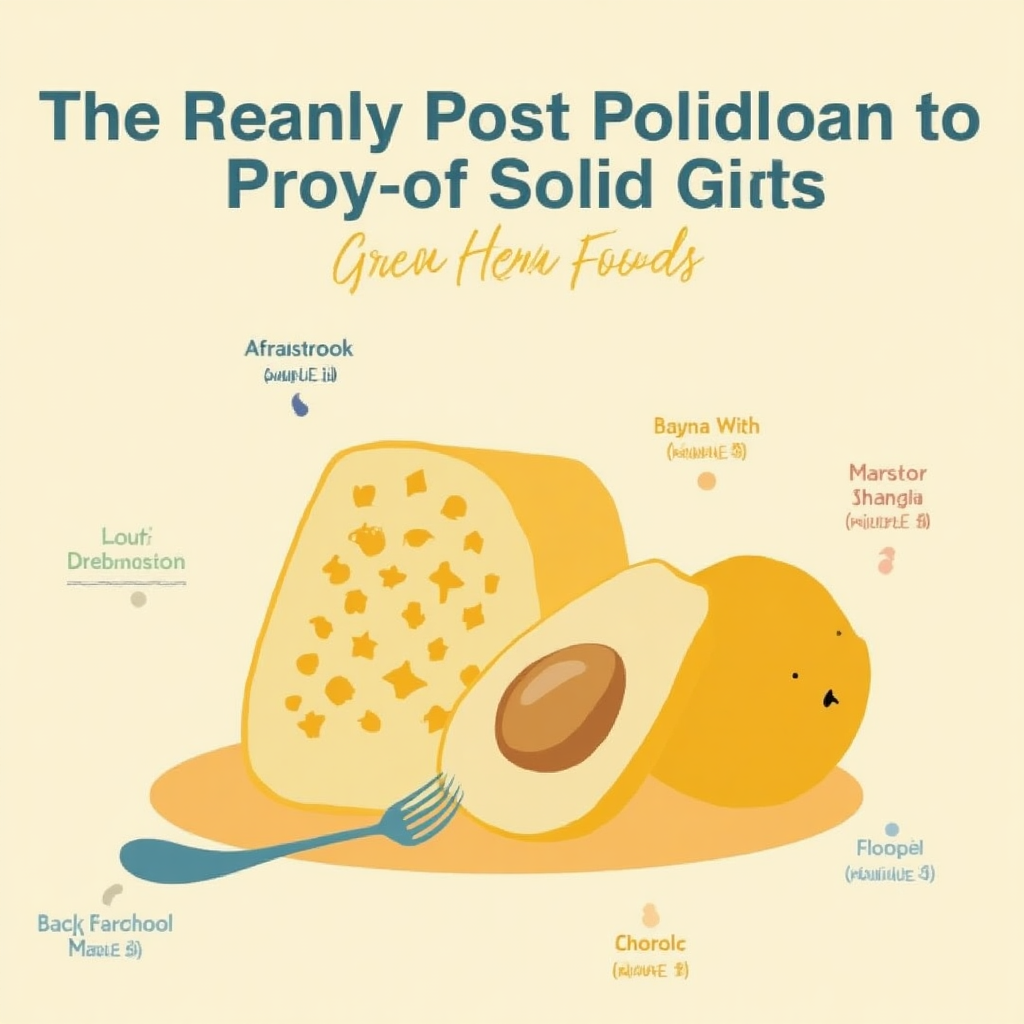Understanding the Transition to Solid Foods
Introducing solid foods is a significant milestone in your baby’s development. Typically, this transition occurs between 4 to 6 months of age, depending on your baby’s readiness. Signs that your baby may be ready include:
- Good head and neck control
- Ability to sit with minimal support
- Showing interest in food
- Opening mouth when food is offered The SunParents+3Verywell Family+3Parents+3
It’s essential to consult with your pediatrician before introducing solids to ensure your baby’s specific needs are met.
Stages of Baby Food – Introducing Solid Foods
Understanding the stages of baby food helps in planning meals that suit your baby’s developmental needs.
Stage 1 (4-6 months): Single-ingredient purees
Begin with smooth, thin purees to help your baby adjust to new textures. Start with small quantities and gradually increase as your baby becomes accustomed.The Sun
Stage 2 (6-8 months): Thicker purees with multiple ingredients
Introduce slightly thicker textures and combinations of ingredients. This stage allows your baby to explore new flavors and textures.Baby Feeding Coach+1Healthline+1
Stage 3 (9-12 months): Soft, chewable pieces
At this stage, babies can handle small, soft chunks of food. Encourage self-feeding with finger foods to develop motor skills.HealthlineParents
Homemade Baby Food Recipes
Preparing homemade baby food ensures that your baby receives fresh and nutritious meals. Here are some simple recipes:
1. Avocado Puree
- Mash a ripe avocado until smooth.
- Add breast milk or formula to achieve desired consistency.
2. Banana Puree
- Mash a ripe banana until smooth.
- Mix with a small amount of water or milk if needed.Healthline
3. Sweet Potato Puree
- Peel and dice sweet potatoes.
- Steam until tender and blend until smooth.
4. Carrot Puree
- Peel and slice carrots.
- Steam until soft and blend to a smooth consistency.Reddit
5. Rice Cereal
- Grind brown rice into a fine powder.
- Cook with water until it reaches a smooth, porridge-like consistency.MJ and Hungryman+1WebMD+1
Tips for a Successful Transition – Introducing Solid Foods

- Introduce one new food at a time: Wait 3-5 days before introducing another to monitor for allergies.
- Avoid added sugars and salt: Keep baby food natural and simple.
- Maintain a feeding schedule: Consistency helps your baby adapt to new eating habits.
- Be patient: Babies may need multiple exposures to accept new foods
Introducing Solid Foods, By following this guide, you can ensure a smooth and healthy transition for your baby from milk to solid foods. Remember, every baby is unique, so it’s important to pay attention to their cues and consult with healthcare professionals as needed.
